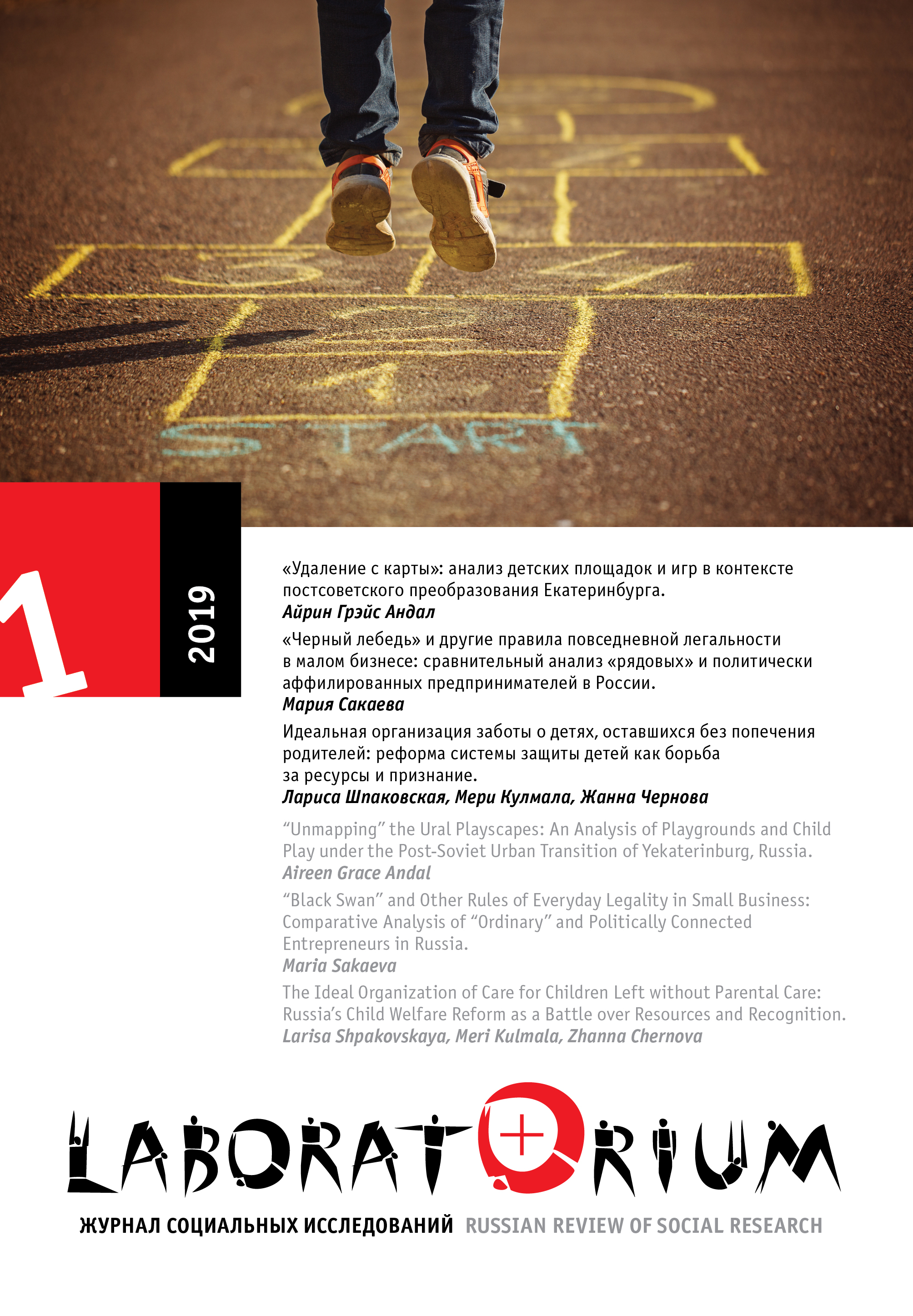Search and Interfaces for Search
Main Article Content
Abstract
The development of information technology over the last three decades has revolutionized everyday activities in a domain that can be referred to as personal information management. The personal information environment in which this management takes place consists of both digital and nondigital information artifacts, which a user employs systematically. Interfaces of digital information technology employ analogies for nondigital affordances and nondigital methods of handling information artefacts. Ethnographic studies of nondigital information management have established two poles toward which personal information management strategies tend to gravitate: systematization of documents kept in topically organized folders and keeping documents in chronologically organized piles. Interfaces of digital information technologies provide affordances for both types of strategies. Affordances that make possible dealing with digital information artifacts provide means for finding objects without caring about their location; this is an essentially new feature, unavailable in the nondigital world. Context-sensitive technologies on mobile platforms add opportunities for everyday search such as allowing for finding objects within the information layer of augmented reality and satisfying users’ need for services in addition to simply finding information. Everyday search practices have been most affected by technology that analyzes data on users’ behavior and displays certain degree of agency while providing personalized recommendations and offering objects that the user did not know about or did not look for.
Text in Russian
DOI: 10.25285/2078-1938-2019-11-1-152-165
Keywords
Search, Human-Computer Interaction, Interface, Personal Information Management, Agency
Abstract 210 | PDF (Русский) Downloads 162

